Ian Randell, CEO of PGAs of Europe, in conversation with our series moderator and host John Cockayne
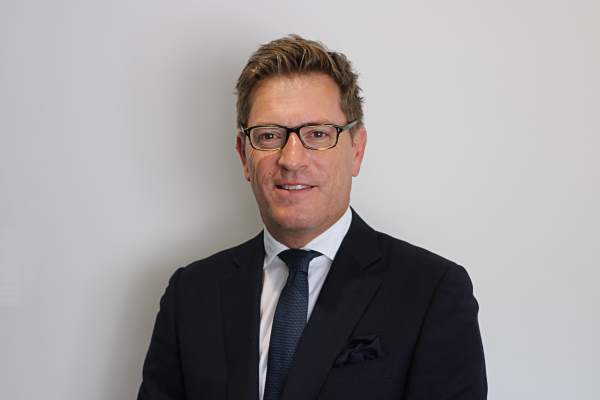
Ian has been Chief Executive of the PGAs of Europe since 2007 having already gained considerable experience in leading sporting organisations as Chief Executive of the British Universities Sports Association and previously the Ladies European Tour.
With a passion for sport and a Management Sciences degree from the University of Warwick Business School, he accumulated years of experience in running events as Director of Operations of the Ladies European Tour, which included being Tournament Director and Chief Referee at the Solheim Cup, and as Tournament Director with the PGA of Great Britain & Ireland.
Ian is an active Director and Committee Member of Little Aston Golf Club where he holds a handicap of three, and his other interests include football and cricket, as well as spending time with his three young children through which he has found another sporting love in coaching junior Field Hockey.
Now we continue the discussion which began last Friday 21st June.
JC: Ian you have an eclectic mix of regions under the umbrella of the PGAs of Europe, from the very established golf regions such as Sweden, Germany and France and then on to the very new like Lithuania, Serbia, or Botswana. Does this variety pose any specific problems in development terms?
IR: Every country is at a different stage of development in golfing terms, with its own culture, challenges and opportunities, so we take a holistic view to development – research, build trust, share knowledge and good practice as appropriate to help them to be self-sustainable.
All in all, it is indeed an eclectic mix and so a cookie cutter ‘one fits all’ type of approach, outside of those generic areas that are always a factor, just won’t work.
JC: I am asking this question of everyone, but is there too much focus in development terms solely on juniors?
IR: I liked the “8 to 80” comments you made previously as I truly believe that this is a game for all seasons and all ages…I would actually like to extend it to 4 to104!
We need to stimulate an interest amongst the Gen X kids, so the efforts in this area are a key for the future.
There is also the benefit that like many who took up a sport through their parents’ interest in it, the reverse can also apply and the parents, apart from being a payment and taxi service, can also be drawn into a sport by their kids’ interest.
I would be a case in point as through my youngsters’ interest in field hockey; I evolved from being their driver to now loving hockey and helping as a coach for the U10s!
JC: Given the extent of the territories that the PGAs of Europe covers how do you manage the geographic challenges and social and structural hurdles?
IR: The first is easy – lots of air miles!
On a more serious note we keep in touch with our member country PGAs very regularly, but with every territory, location and proximity to facilities is always a key element if we are going to create a programme that will have legs and, of course, appropriately qualified coaches.
In a country where golf is new there will naturally be limited facilities, so that the points of growth are naturally constrained even further by the issues of access and lack of knowledgeable people to introduce the game and coach.
The middle class / income-related issues in relation to golf’s natural catchment area can also be a problem – Croatia and Bulgaria would be examples of this for us in Europe.
JC: Many years ago, I made the comment that the game of golf would be twice as popular if it was half as long.
This was to some extent prompted by my time as the head professional at Southbroom Golf Club in South Africa. As a resort course and when it was out if season, we would struggle to get anyone on the course on a Sunday. However, the ‘Friday 5’s’ event in the late afternoon would see players arrive and play 9 holes using the use the first 4 holes as a warm up before starting on the back 9’s final 5 holes and the scoring section for the competition.
It was not unusual to have as many 60 players at the event as everyone could get off slightly early from work, get in 9 holes and then have a couple of drinks to see in the weekend.
IR: This is the ideal type of solution and format to get more golf played.
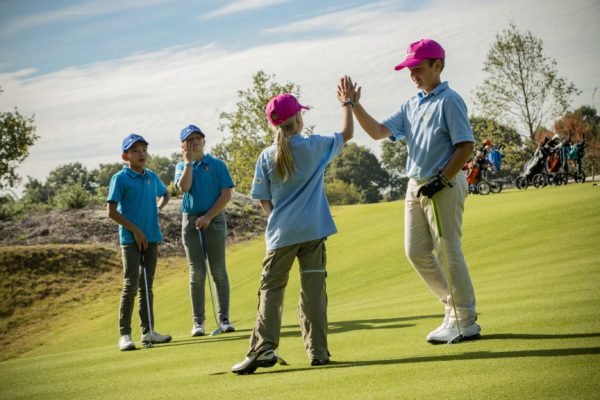
Time factors can be a real problem and golf facilities need to be as flexible and innovative in their offerings as they possibly can. We are strong believers in short-form team golf initiatives such as GolfSixes and the PGA Junior League to provide quick, fun forms of play and similar off-course solutions using SNAG equipment etc. to take golf into communities.
The Fédération Française de Golf’s ambitious legacy programme around the 2018 Ryder Cup in Paris of building 100 Short Courses close to the population is a fantastic solution to introduce golf to more people in France, and they are to be congratulated in meeting this target with the 100th course being opened on 21st June!
JC: OK – I have heard of this as I regularly spend some months in central Brittany each year. On my last visit I recall that there was a notice in the local press that the 9 holes’ short course at Mael-en-Carhaix had been revamped and was re-opening as part of this programme.
They seem to have a very active beginners’ programme and a really cost effective ‘play as much as you like’ package for about £30.00 for the month.
IR: These are just the types of initiatives that sit with what we call our 3P’s – promotion, programmes and people.
JC: How would you summarise this programme?
IR: I can only cover the skeleton in the space we have here, but the main bones would be:
- Promotion; How can we best promote the game; identifying the best initiatives that look to improve the perceptions of golf and communicate its virtues and benefits as widely as possible. A good example would be the Golf and Health Project where I am part of the Board that is bringing scientific evidence to amplify the physical, mental and societal benefits that golf can offer. For example, as the game is relatively low impact, it also promotes strength and balance in older people.
- Programmes: sharing good practice and ideas that can get beginners into an on-course environment sooner through short courses, using family tees and programmes such as Urban Golf, Top Golf, etc.
- People: for us this is most important and comes down to the Professionals being the workforce for the game – i.e. we must give them the tools to do the job (programmes and education) and the mind-set to make a positive impact.
JC; Some years ago I started the Corporate Golf Academy programme which helps introduce golf through companies to their staff and guests.
One sub-theme for the former is that golf is the supreme business sport and so learning to play at least competently, especially for women in the work place, gives them another business tool to use in their work environment.
The programme is hosted at venues around Southern Africa but always, or at least wherever this is possible, with the local PGA professional. This leaves a local point of contact for the attendees; so that if they are interested in learning more they have access to someone they already know.
IR: This is also a key point, because ‘try golf’ programmes are all well and good, but not as a stand-alone, because without follow-up and a pathway there will still be too many barriers to further progress.
Golf is a social sport and people need to be integrated into the golfing community so they are comfortable and proud to say that they are a golfer.
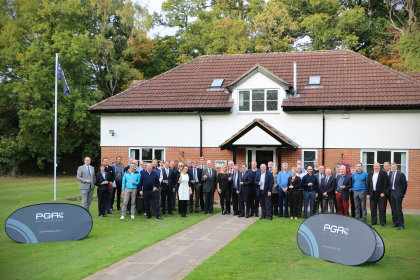
JC: Last year I read online that The R&A will be increasing spend on golf development at all levels of the game to £200 million. Do we know where this money is going to be spent?
IR: The PGAs of Europe works very closely with The R&A and is very involved with the delivery and development activities around the world at the human resources level. This is through our golf development team that is made up of experts in their fields from our network of PGA Professionals. I believe, at the last count, that we have assisted more than 70 countries on behalf of The R&A.
The R&A has always been a great supporter of golf development and has now decided to invest even more into this key area as a result of the profits generated by The Open.
JC: One of my concerns, especially within Africa, has been the need to find ways to making development programmes sustainable.
I commented to a client who was keen on a rural development initiative that he might well spend money on a grass roots programme for ocean yacht racing or Formula 1.
He then realised that the economic and practical reality of initiating this programme would need to be very long term, otherwise he was doing little more than sponsoring a glass of water to someone for a trans-Saharan walk!
IR: Exactly – whether it’s in Asia, Africa or Europe or anywhere else for that matter, a programme’s sustainability is a critical consideration.
This will often require a holistic approach and the involvement and support of several partners and requires local leaders to take ownership.
At the PGAs of Europe we have a golf development service which helps regions that are new to golf to address these structural issues. For example Bulgaria had only one professional (from the UK) and none of its own.
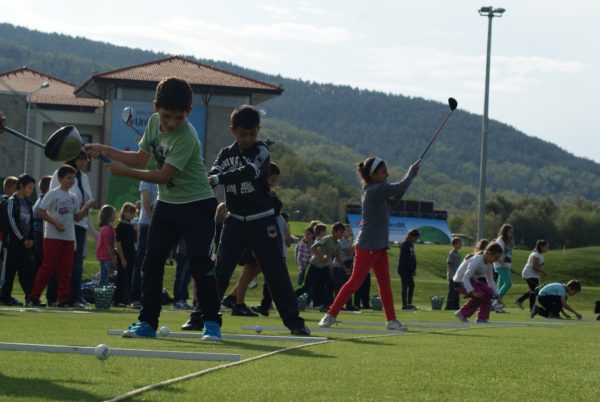
We have now educated nine local PGA of Bulgaria professionals. All have come through our Initial Professional Education (IPE) programme and five of these have progressed through to become fully qualified PGA Professionals.
Now there is the chance to take the game to Bulgarians in their own language through this core of appropriately educated Bulgarian professionals.
The international development of golf has always been led by Professionals exporting their knowledge to other countries, all the way back to Scottish Pros going to Canada, Australia and the USA back in the early 1900s and they share their knowledge and develop the local market.
In more recent times, Germany would be a great example of this, whereby 20-30 years ago the PGA of Germany probably consisted of around 500 members with 400 of them being British. Now they have a membership of 1900 and around 400 are British and most of them will have been there a long time and have dual nationality.
Germany has now gone from an importer of knowledge to being an exporter!
Looking further afield the challenges are no different. Costa Rica is another good example of a country where we have worked on behalf of The R&A for some time and in the last six years we have applied this holistic approach to guide them into the formation of their own golf federations and a form of PGA.
They are now poised to properly educate their coaches and professionals and start a golf development cycle for Costa Ricans, which is owned and driven by Costa Ricans.
JC: In this region great store is put, wrongly I believe, by the supposedly negative influences of virtual clubs on traditional bricks and mortar clubs.
I find this very odd because the definition of a club does not include any mention of a need to own property.
I see the golf society or non-traditional club as an on-ramp and believe that if golfers are migrating the other way, then they are probably voting with their wallets, because we are not giving them what they want or need in the traditional club environment.
I also believe that if we align our thinking and agree that we need more rounds to be played by more people more often, then there should be a place at the table for all types of clubs, societies and associations.
One of my client companies here is Morecorp and one of its divisions is a ‘virtual club’ called Playmore Golf.
This club since its inception, 12 years ago, has seen 19,000 of its members migrate out from its system into being members of traditional clubs.
The same company, through its pre-paid tee-times’ packages, has also paid over ZAR 135 million in green fees to its partner clubs in the past three years.
If this is bad news, then I can’t wait to hear the good!
Is this sector a problem in Europe and do you see any particular threat being posed?
IR: I wouldn’t say it was a problem but instead a changing market – offhand I would say that Holland possibly has more ‘nomadic golfers’ than any other country in our territory.
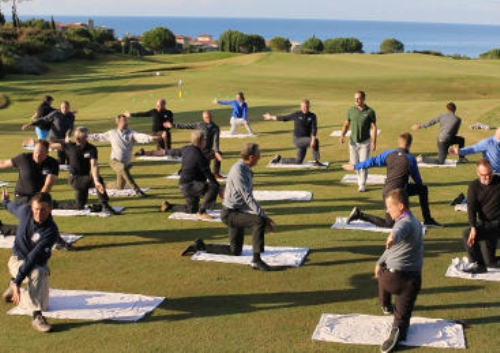
Oddly, societies (the 19th century equivalent of a virtual club I would guess) were a central theme in golf at its origins and many ‘clubs’ at St Andrews for example still have access to the facilities without owning them.
The bottom line is that if we align our thinking then golf needs to accommodate everyone and be flexible in its offering.
This is not about competition, but about market forces and finding sustainable business models. If there is any truth in the concept of strength through diversity then a club must find its niche and monetise the space effectively.
I like diversity and would shudder to think what golf would look like if every club looked and felt exactly the same.
My personal preference is for the same club (perhaps I am now creature of habit!), where I can meet friends at the weekend and in this I enjoy the sense of community that my club provides. For me club membership is more than a calculation of the costs per round, but a real sense of club combined with comfortable facilities and good golf course.
However, I also fully understand someone who would prefer to associate with a group of friends and go and play on a different layout every weekend. Also their lifestyle and disposable income may mean that club membership may not make financial sense at this time but they really want to keep playing golf and we must make every effort to accommodate this!
JC: For me golf is a game of character and I am also a lover of soccer (although if they say that the sins of the father’s will be visited etc. then my burden from this is to support Derby County!) and cycling – I watched the finish of a leg of the Tour de France end in our little town in Brittany last summer.
However as a parent who is looking for life role models for your children, would you prefer for them to reference a professional soccer player (they seem to spend too much time in night clubs or at tattoo parlours!), a cyclist (at one stage I thought that Pfizer should be the global sponsor for this sport!) or a professional golfer?
IR: Whilst I am a lover of sport in general, it is true that we can be very proud of the particular values in the etiquette and integrity that golf instils.
In essence cheating, or even being guilty of ‘sportsmanship’, is rightly frowned upon in golf and by those who play the game.
Golf is one of few sports that is, in the main, reliant upon self-regulation and a golfer’s integrity remains essential to their standing with other golfers.
In some emerging golf markets we see it as essential that golf professionals will be in the vanguard of the effort to spread these values.
JC: Finally – when it comes time to move on or hang up your putter at the PGAs of Europe – what has pleased you most to date in terms of successes and what legacy would you like to see from your tenure at organisation.
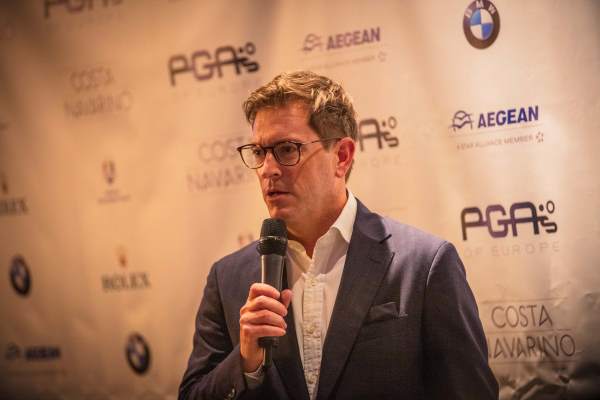 IR: We continually ask ourselves exactly “How are we making a difference?” and this is what we are striving to do – make our PGAs better, make PGA Professionals better and make the game better!
IR: We continually ask ourselves exactly “How are we making a difference?” and this is what we are striving to do – make our PGAs better, make PGA Professionals better and make the game better!
We continue to evolve our education framework to ensure that those leading and working in golf as club professionals, coaches, managers etc. are appropriately qualified and possess the correct mind-set to satisfy the needs of the market, facilities and the customer.
Furthermore, the sharing of good practice in the knowledge, tools, initiatives and programmes to develop the game is always uppermost in our minds.
I would want to know that we have:
- Developed a strong and sustainable resource for our Member Country PGAs to have a strong collective voice and influence on both a national and international basis for the benefit of both their membership and the game as a whole.
- Increased and improved collaboration across PGAs and other stakeholders for the effective alignment of goals, even if the subtleties within the strategies between the various role players may vary.
- Provided an education framework and standards that develop a skilled workforce for golf.
- Embraced the modern world and its technology in a positive way and added value to every golfer’s experience of the game through this, but without compromising the game’s core values.
- Developed a platform (as this discussion series and the planned book will help to grow this arena) that will allow us to share knowledge and experiences, success and failures on a global level.
Our next discussion will be with Grant Hepburn who, as the CEO of GolfRSA South Africa’s controlling body for golf, will share and discuss some of the golf development challenges that are specific to Africa.
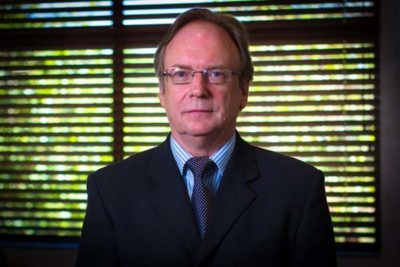
For further information contact:
John Cockayne, CEO: The Business of Golf
Email: cathco@mweb.co.za
Ian Randell, CEO:PGAs of Europe
info@pgae.com

